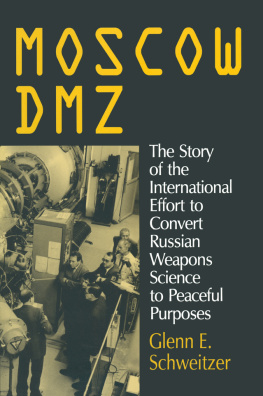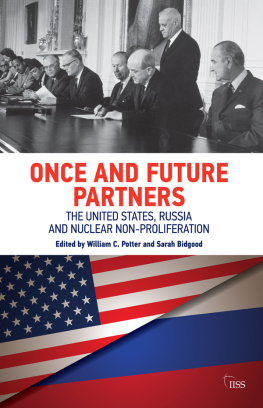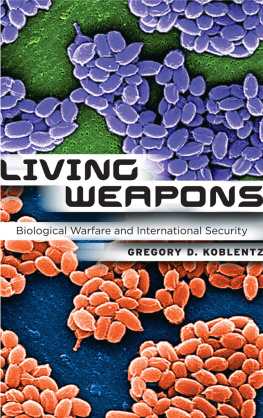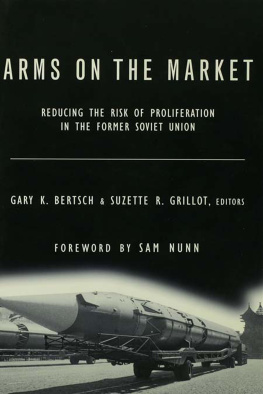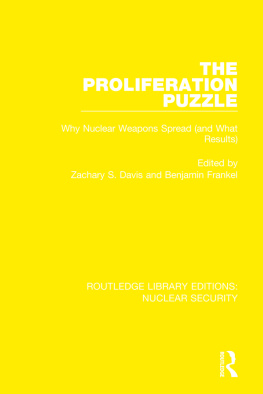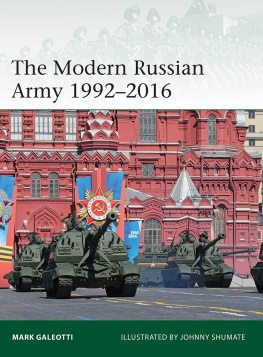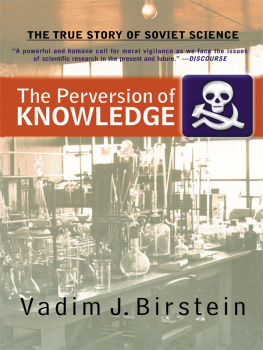First published 1996 by M.E. Sharpe
Published 2015 by Routledge
2 Park Square, Milton Park, Abingdon, Oxon OX14 4RN
711 Third Avenue, New York, NY 10017, USA
Routledge is an imprint of the Taylor & Francis Group, an informa business
Copyright 1996 Taylor & Francis. All rights reserved.
No part of this book may be reprinted or reproduced or utilised in any form or by any electronic, mechanical, or other means, now known or hereafter invented, including photocopying and recording, or in any information storage or retrieval system, without permission in writing from the publishers.
Notices
No responsibility is assumed by the publisher for any injury and/or damage to persons or property as a matter of products liability, negligence or otherwise, or from any use of operation of any methods, products, instructions or ideas contained in the material herein.
Practitioners and researchers must always rely on their own experience and knowledge in evaluating and using any information, methods, compounds, or experiments described herein. In using such information or methods they should be mindful of their own safety and the safety of others, including parties for whom they have a professional responsibility.
Product or corporate names may be trademarks or registered trademarks, and are used only for identification and explanation without intent to infringe.
Library of Congress Cataloging-in-Publication Data
Schweitzer, Glenn E., 1930
Moscow DMZ : the story of the international effort to convert Russian weapons science
to peaceful purposes / by Glenn E. Schweitzer.
p. cm.
Includes bibliographical references and index.
ISBN 1-56324-625-2 (alk. paper).ISBN 1-56324-626-0 (pbk. alk. paper)
1. Economic conversionRussia (Federation).
2. International Science and Technology Center.
3. Brain drainRussia (Federation)
4. Nuclear nonproliferation.
5. United StatesRelationsRussia (Federation).
6. Russia (Federation)RelationsUnited States.
I. Title.
HC340.12.Z9D446 1996
338.4'76233'0947dc20
95-42353
CIP
ISBN 13: 9781563246265 (pbk)
ISBN 13: 9781563246258 (hbk)
A Salute to the Contributions of Many Others
Samuel Johnson said, "Your manuscript is both good and original; but the parts that are good are not original, and the parts that are original are not good." I suspect that the reader of this book will find considerable truth in his admonition, for many of the most interesting insights in this book are the insights of others.
Many Russian colleagues throughout their country deserve my special thanks for their never-ending efforts to help me understand what was happening within a society in transitionwithin the government, within financial circles, within all types of technical institutions, and within Russian families. From them I learned that generalities about Russian attitudes and motivations require many caveats. I learned that there is no one more resourceful than a Russian in coping with the unexpected. And I learned that a Russian friend will be there when you need him.
The leaders of the Ministry of Atomic Energy, the Russian Academy of Sciences, the Ministry of Foreign Affairs, and other governmental and scientific organizations repeatedly went out of their way to help ensure a professionally rewarding and personally satisfying stay for my wife and me in Moscow. If they viewed my activities at highly classified Russian facilities as suspicious, they never conveyed such an impression to me; and I can assure them that I never violated their trust. They were always ready to entertain any question I had. Invariably I received a frank and prompt answer, even though the answer was not always the one I wanted to hear. What a difference a few years can make!
The International Science and Technology Center (ISTC) staff from the United States, Europe, Japan, and Russia displayed a level of loyalty and support for our collective efforts that rivaled my best experiences during a career of several decades as a manager of technical and policy programs in the United States. In many ways, I regretted the day when our tour came to an end, the day that I walked out of my office with its five chandeliers and through the vestibule with its seven flags proudly on display. I hope that this book does justice to the outstanding efforts of those who remained in Moscow.
And to the Russian people, even those who crammed me against the walls of the jammed metro and tram cars day in and day out, I say thank you. You never hesitated to let me know how it really was out there on the streets and in the crowded apartments.
Of special importance for this book was the help of hundreds of directors, scientists, and engineers of many research and development institutions throughout Russia who provided me with unexpected access to some of their most pressing problems, personal and professional, and to many innovative solutions to these problems. Unfortunately, a number of the very promising solutions languish for lack of support by Russian bureaucrats and by Western government and business leaders who are not prepared to take any type of risk by backing ideas that have not yet been proven. Perhaps this book will help them better appreciate the payoff from risk taking and the consequences of doing nothing.
Within the United States, the leaders of the National Research Council made possible my assignment to Moscow. To them and to the Department of State, which recruited me and provided my umbilical cord to Washington, to the Department of Defense, which helped me watch the money provided to the ISTC, to the Department of Energy, which supported several ISTC staff members, and to the staff of the American Embassy in Moscow, which shared my daily frustrations, I express my deepest appreciation.

